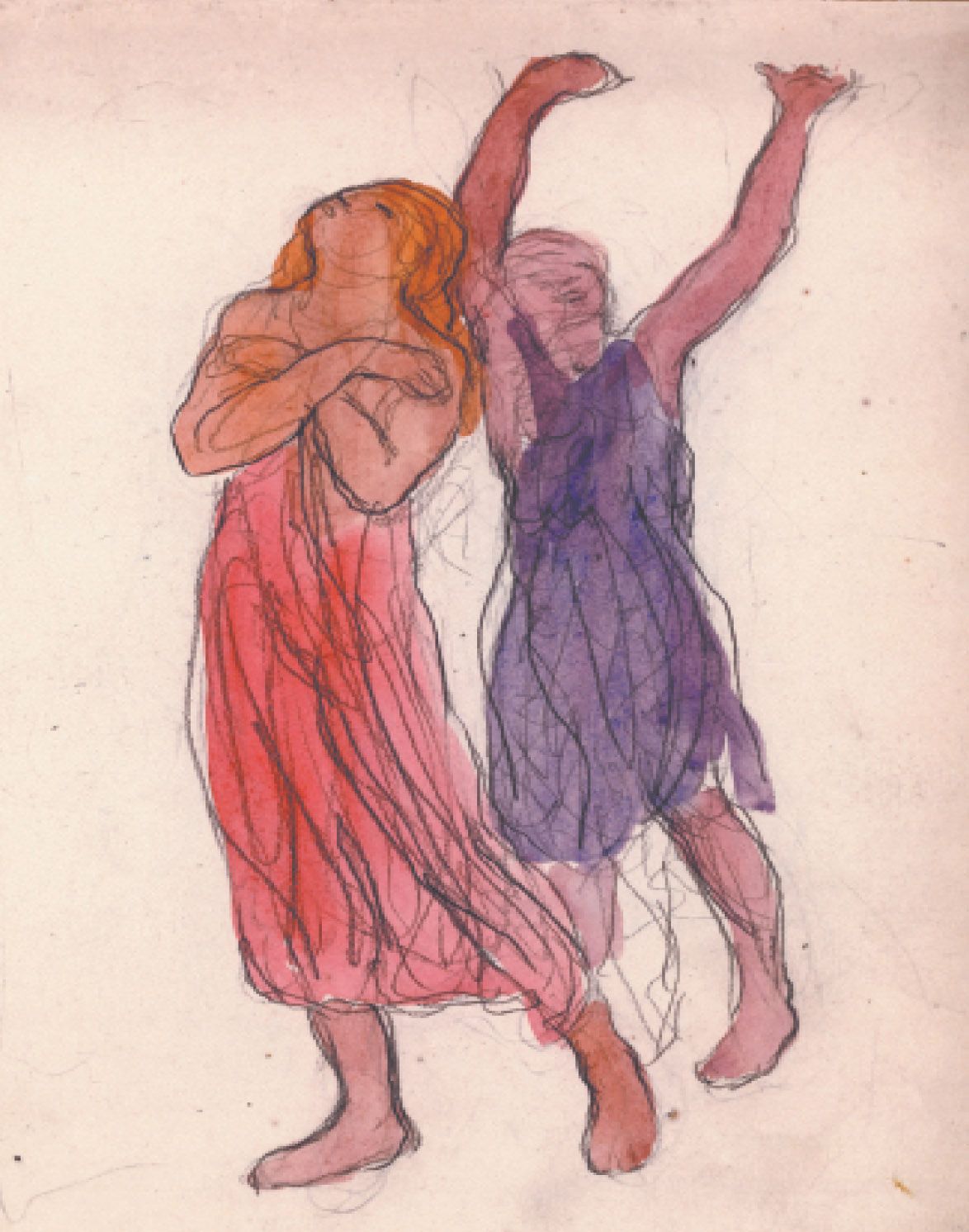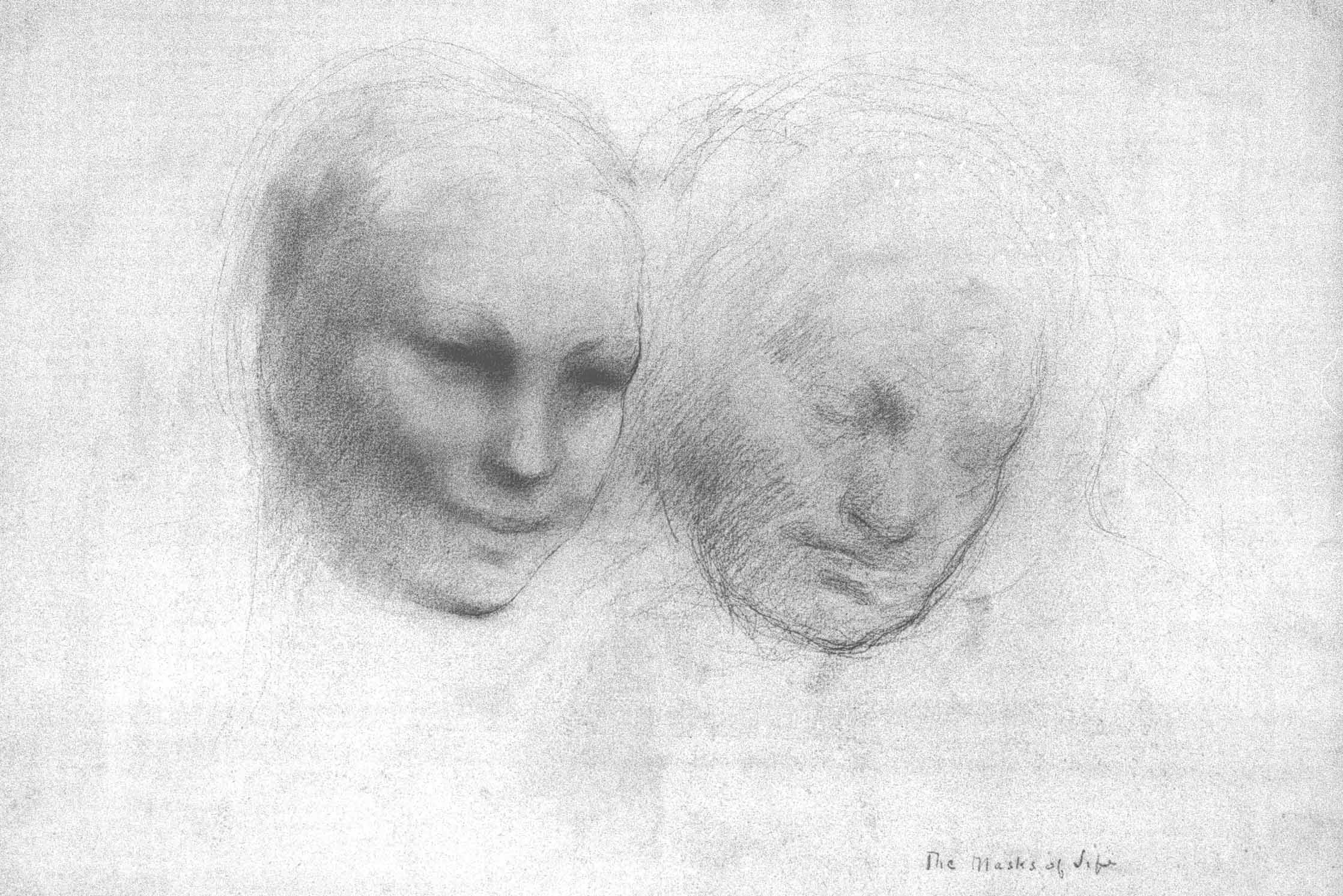Crafty Sketches
Turquoise Mountain goldsmithing and Jewelry in collaboration with Artisans in Myanmar: process and design sketches. courtesy of Turquoise Mountain.
For over a decade, Turquoise Mountain has been creating sustainable urban regeneration that supports the revival of artisan industries by combining heritage buildings, education, and enterprise. It works to protect heritage and communities at risk around the world by funding programs that help artisans master crafts and produce handmade creations
for the local and regional markets. It was founded in 2006 by HRH The Prince of Wales to help communities preserve and reconnect with their rich heritage.
Here, we share some of their views and sketches during the design process by the brilliant artisans working with Turquoise Mountain.
Aung Than Twe , artisan and Goldsmith working with Turquoise Mountai, shared his views on Sketching:
“Drawing and sketching is very important to me. Through the act of sketching, I can instantly visualize the design that comes to my mind. It allows me to explore different ideas and possibilities before committing to a final design such as deciding on the size and shape of the jewelry in the sketch step. For me the most exciting part of the process is doing research of traditional inspirations and feeding them into my sketches.
I could do my sketching on a computer but it’s important for me to do it by hand. You can sketch on the paper any way you want and tear the idea down any time you want without pressing buttons here and there. I also sketch much faster by hand. The more ideas will pop up in such a short time and you can even alter them to create more ideas. Creativity flows much easier and I’m more in sync with the creative process if I sketch manually.”

Turquoise Mountain goldsmithing and Jewelry in collaboration with Artisans in Myanmar: process and design sketches. courtesy of Turquoise Mountain.
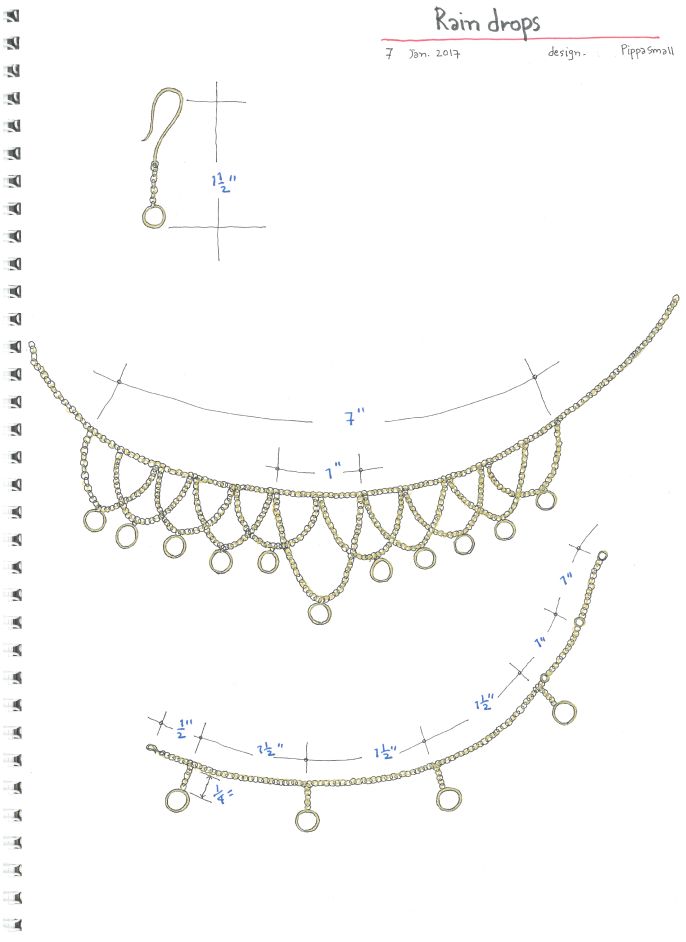
Turquoise Mountain - process and design sketches.
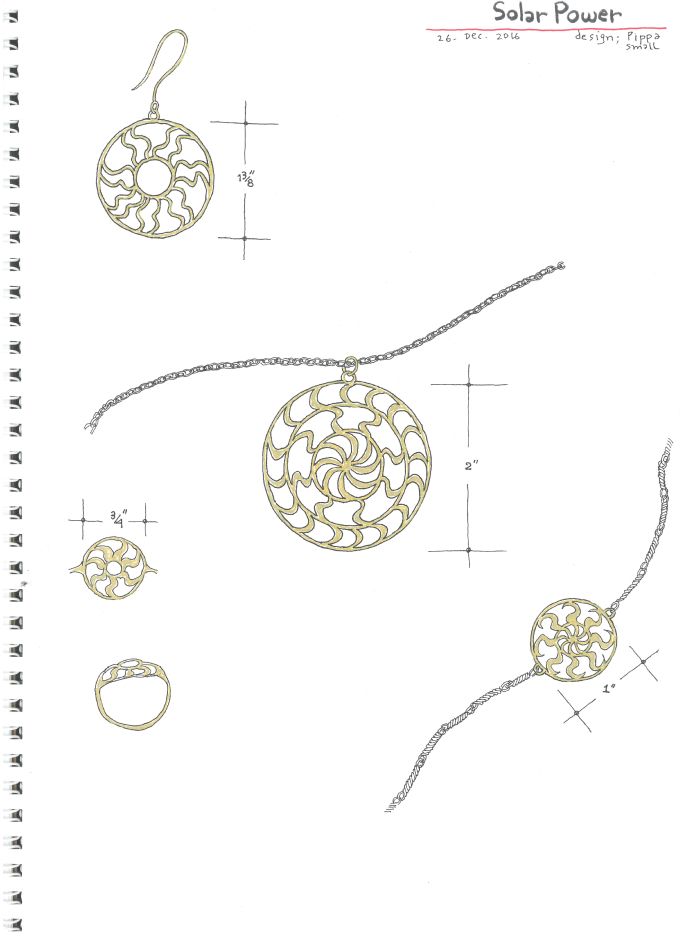
Turquoise Mountain - process and design sketches.

Turquoise Mountain - process and design sketches.
Maher Darwiche, artisan and woodworker at Turquoise Mountain Jordan discusses his Minbar sketches:
“Computer renderings and modeling packages are important but thinking on paper with a pen or pencil is always a good place to start. There is a sensory experience to sketching which offers creative thinking and exploration—the paper texture, turning pages, scale, and sound of the pencil. It’s also easier to see the development stages of an idea through the paper, instead of editing and reworking. I think less creatively in front of a screen, as it’s too easy to leap ahead to thinking too much about an outcome. I think without sketching you can also risk missing out on the discovery stage of a piece. Sketching also means that you have an in-depth understanding of the product – experiencing it in all different ways. Once we have sketches and concepts finalized, I then put these pieces into CAD. Combining analogue and digital techniques offers the best flexibility and growth for the product.”

Turquoise Mountain process and design sketches of Minbar project at Ithra with artisan in Jordan. courtesy of Turquoise Mountain.
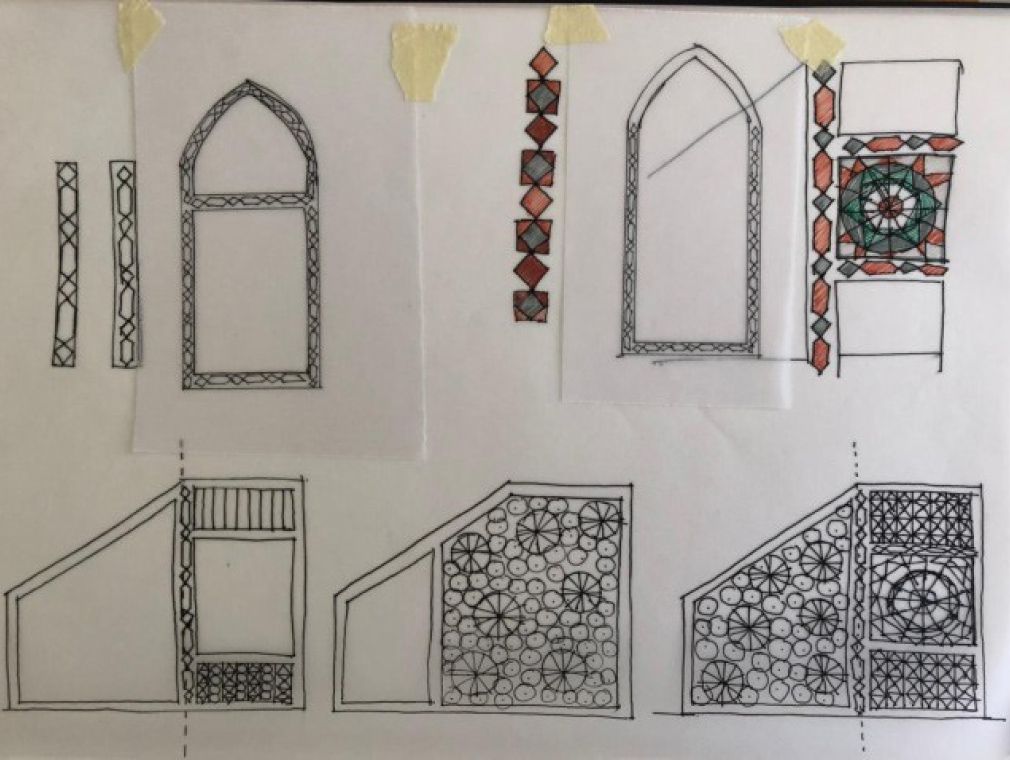
Turquoise Mountain process and design sketches of Minbar project at Ithra with artisan in Jordan. courtesy of Turquoise Mountain.
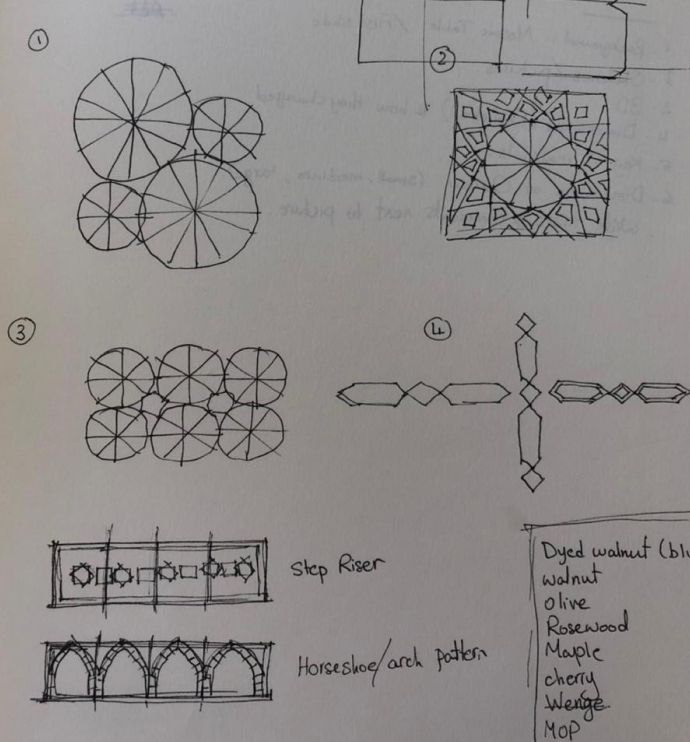
Turquoise Mountain process and design sketches of Minbar project at Ithra with artisan in Jordan. courtesy of Turquoise Mountain.

Turquoise Mountain process and design sketches of Minbar project at Ithra with artisan in Jordan. courtesy of Turquoise Mountain.

Turquoise Mountain process and design sketches of Minbar project at Ithra with artisan in Jordan. courtesy of Turquoise Mountain.

Turquoise Mountain process and design sketches of Minbar project at Ithra with artisan in Jordan. courtesy of Turquoise Mountain.

Turquoise Mountain process and design sketches of Minbar project at Ithra with artisan in Jordan. courtesy of Turquoise Mountain.
